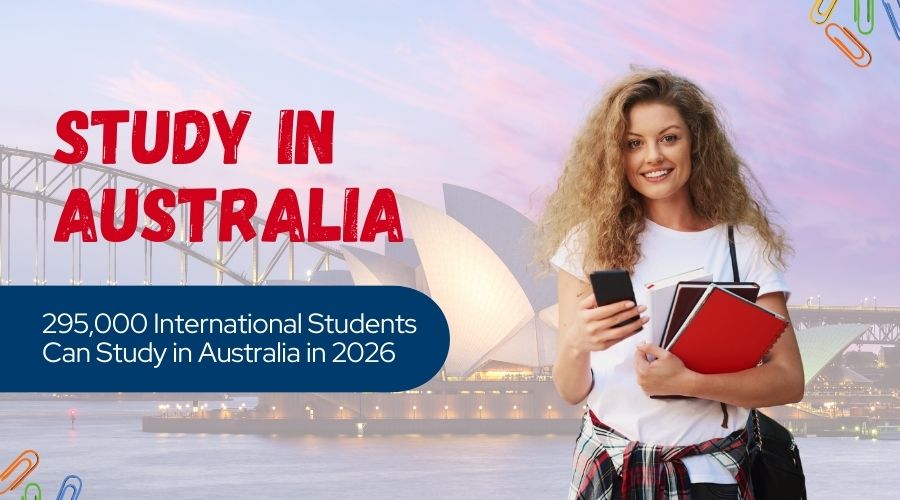Australia has long been one of the world’s most popular destinations for higher education, and the opportunities are about to grow even more. The Australian government has announced that it will increase the number of international students allowed into universities and vocational institutions in 2026.
According to the new plan, 295,000 international students will be admitted next year — a 9% increase compared to 2025, when 270,000 students were welcomed. This expansion means 25,000 additional spots for global students, opening up more opportunities for those looking to pursue quality education in Australia.
Why Australia is Expanding Student Quotas
The announcement is part of the government’s restructured immigration strategy, which seeks to balance growth in the education sector with national interests. The move also aims to:
-
Support sustainable growth in higher education.
-
Reduce pressure on housing and infrastructure.
-
Strengthen regional diplomatic ties, especially with Southeast Asia.
Australian Education Minister Jason Clare highlighted that international education is vital not only for universities but also for the economy, society, and Australia’s long-term global engagement.
Special Priority for Southeast Asian Students
One of the most important parts of the policy is the priority given to Southeast Asian applicants. The government has emphasized the need to diversify its international student intake, aiming to reduce overdependence on specific regions like China.
Educational institutions that enroll more students from Southeast Asia will even be given additional quotas, reflecting Australia’s focus on strengthening regional ties. Assistant Minister for International Education Julian Hill stated that closer cooperation with Southeast Asia is essential for long-term stability and partnership.
How the Quotas Will Be Distributed
Of the 295,000 available places in 2026:
-
Two-thirds will go to universities, covering undergraduate, postgraduate, and research degrees.
-
One-third will be allocated to vocational education and training (VET), supporting skilled workers and technical programs.
This distribution ensures that both academic and professional training pathways remain open and accessible to international students.
The Economic Impact of International Education
International education is one of Australia’s strongest economic drivers. In 2024 alone, the sector contributed 51 billion Australian dollars, making it the nation’s largest service export industry.
Universities Australia, the peak body for higher education institutions, has welcomed the announcement. CEO Luke Sheehy said, “The way universities have demanded growth in the education sector, the government has implemented it. This is a reasonable step.”
Why This Matters for International Students
For students worldwide, Australia remains a top choice thanks to:
-
Globally ranked universities and high-quality education.
-
A multicultural environment that welcomes diversity.
-
Post-study work opportunities that support career growth.
-
A government actively investing in international education.
The increase in 2026 quotas means more chances for students from different regions to secure admission, especially in competitive programs. While Southeast Asian students are receiving priority, applicants from other parts of the world — including South Asia, the Middle East, Africa, and Latin America — will also benefit from the expanded intake.
Final Thoughts
Australia’s decision to raise its international student quota for 2026 is a clear signal of its commitment to education, diplomacy, and global engagement. With 295,000 places on offer, students worldwide will find new opportunities to access world-class universities, build careers, and contribute to global knowledge and innovation.
For aspiring international students, this is the right time to prepare applications, strengthen academic profiles, and explore study visa options for Australia.



